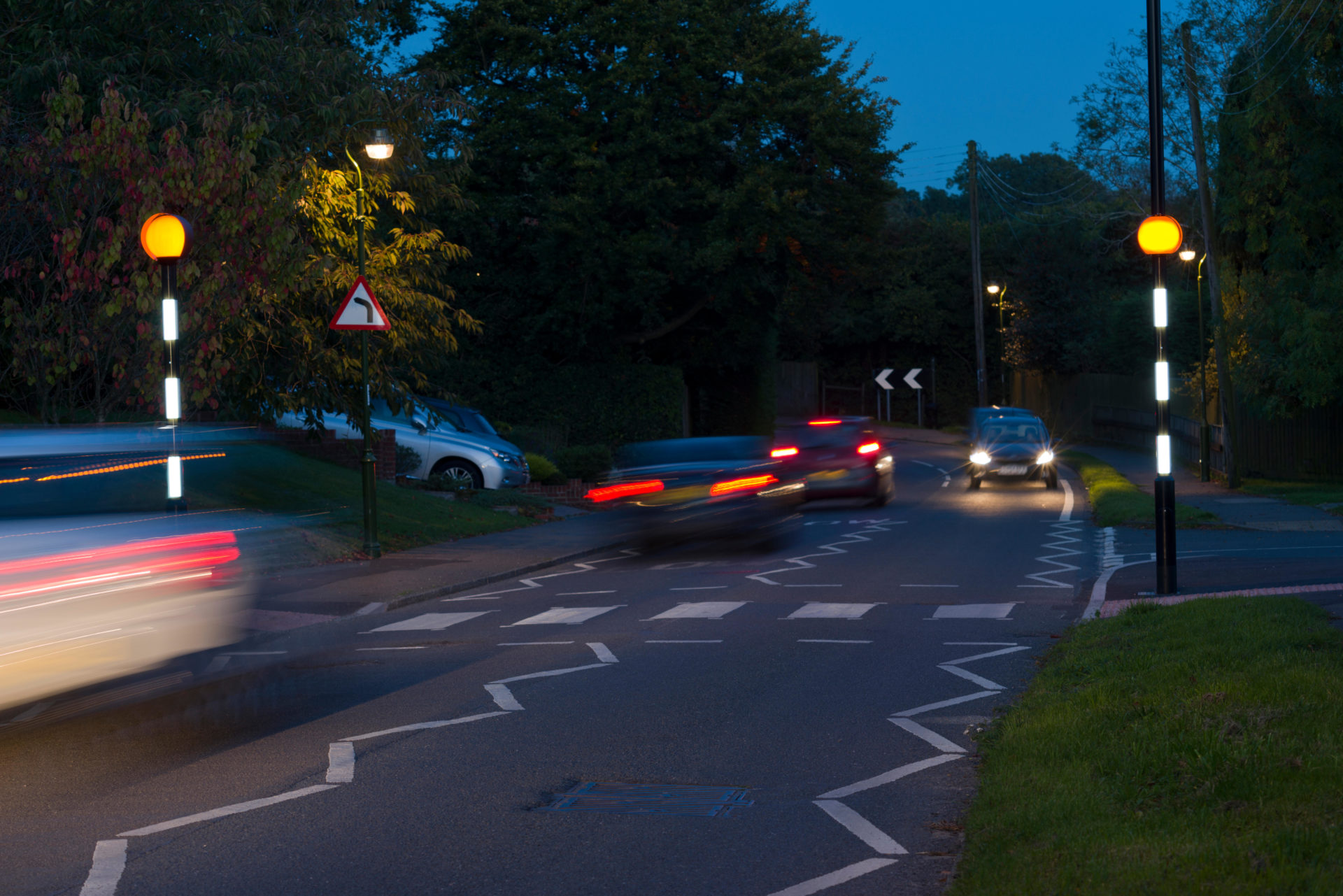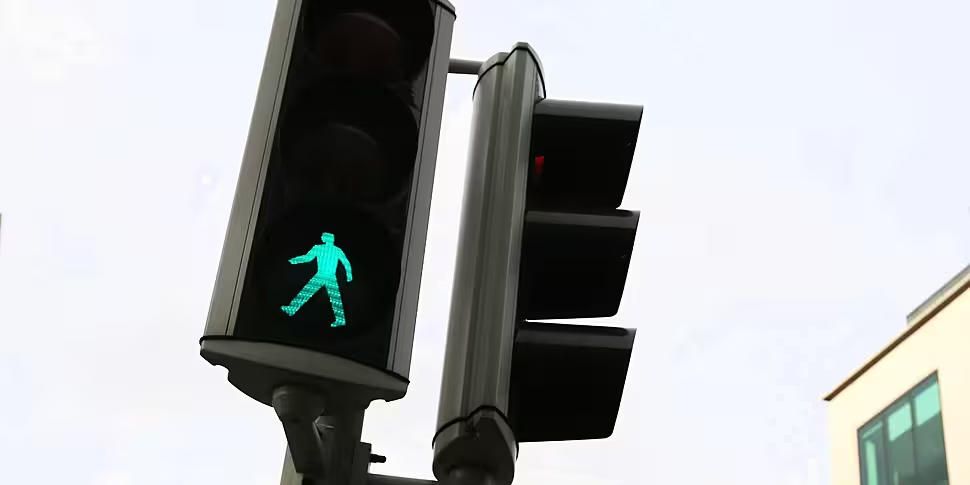Pressing a button to get across a pedestrian crossing in Dublin may or may not make a difference.
Traffic lights and pedestrian crossings seem to be popping up in ever great numbers in the capital.
Transport commentator Conor Faughnan told The Pat Kenny Show while some crossings are synced up to a central system, others are not.
"There's over 1,000 junctions managed by Dublin City Council, they actually manage Dún Laoghaire's and out as far as the M50.
"They're all managed now via the SCATS system - Sydney Coordinated Adaptive Traffic System.
"Essentially it has induction loops that count all the cars and traffic going through, and then it algorithmically optimises the flow junction by junction.
"It will do that automatically and try and keep the system smooth."
'They can physically intervene'
Mr Faughnan said Dublin City Council can intervene at any time.
"DCC are watching it through their cameras, they've a bank of operators in Wood Quay," he said.
"They can physically intervene at any point for any reason.
"They've a good system for prioritising buses, they can deliberately hold traffic.
"They're doing that adaptively and dynamically - not always getting it right, not always brilliant reasons.
"They can do things like press the setting for match day in Croke Park, and have the lights switch to that setting".
'It makes no difference'
Mr Faughnan said a lot of pedestrian crossings are not actually connected to SCATS, and pressing the button several times makes no difference.
"One press, one press only - it makes no difference whatsoever if you go 'whack, whack, whack' on it," he said.
"Some of them are reactive, some of them are dynamic, some of them are solar-powered, some of them just don't bloody work properly.
"Generally speaking they tend not to cause problems".
Traffic light sequences
Some traffic lights in the UK opt for the 'starting amber' sequence, which sees orange flash before the green.
Mr Faughnan said this isn't a system Ireland opted to use.
"That's a setting that you turn on or off - we've never used it in Ireland," he said.
"It's debatable how much good it does; in theory it means people don't dawdle, in reality it can sometimes mean people jump.
"The starting amber in theory speeds up that process, but nobody's perfect."
 A Belisha Beacon pedestrian crossing, 9-10-15. Image: Hugh Threlfall / Alamy
A Belisha Beacon pedestrian crossing, 9-10-15. Image: Hugh Threlfall / AlamyMr Faughnan said the use of Belisha Beacons on pedestrian crossings seems to have fallen out of fashion.
"[Belisha Beacons are] very suitable for a lot of traffic environments, I'm picturing the route into Dún Laoghaire, for example," he said.
"The cars use it but it is extensively traffic calmed and speeds are slow and it's kind of ideal.
"They seem to have fallen out of fashion, even though some are dotted around," he added.
The beacons were named for Britain's Transport Minister Leslie Hore-Belisha, who introduced them in 1934.
Ireland's first set of traffic lights dates back to 1937.









